#artist is francois boucher--
Text
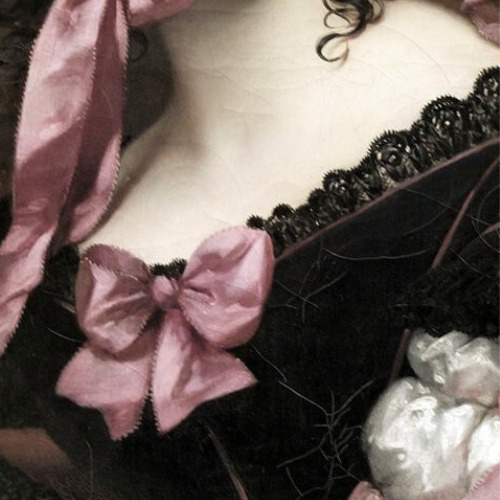
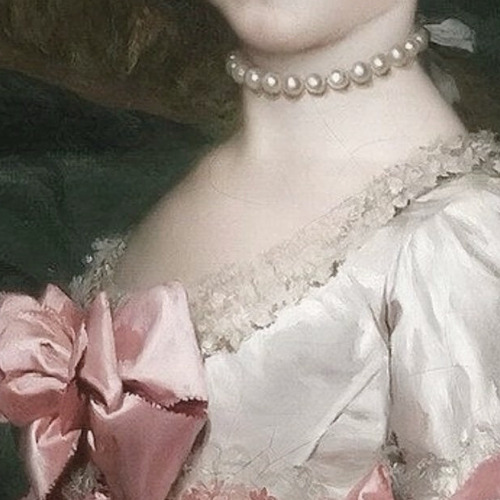


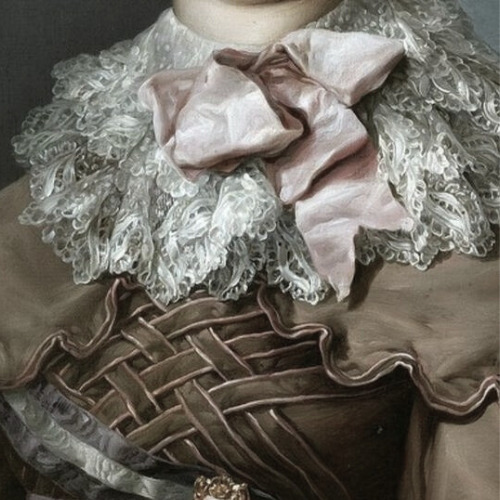
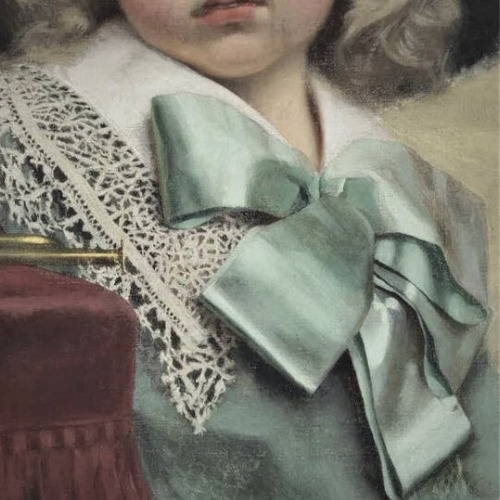
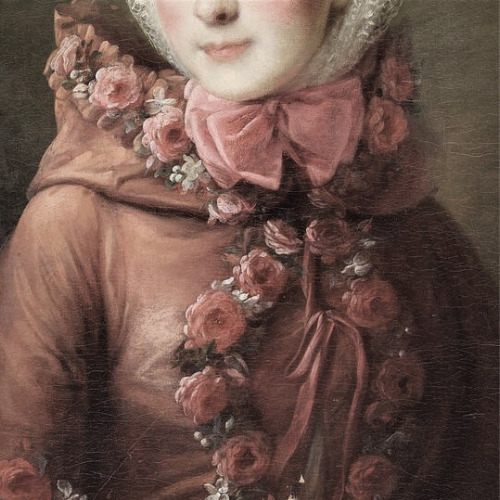
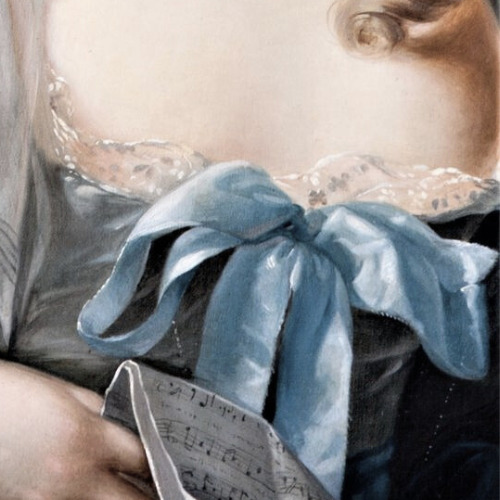
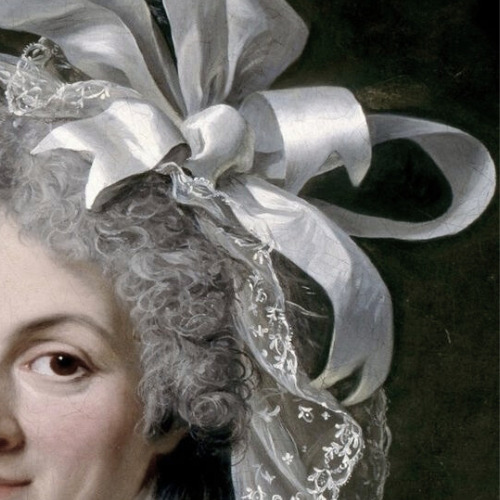


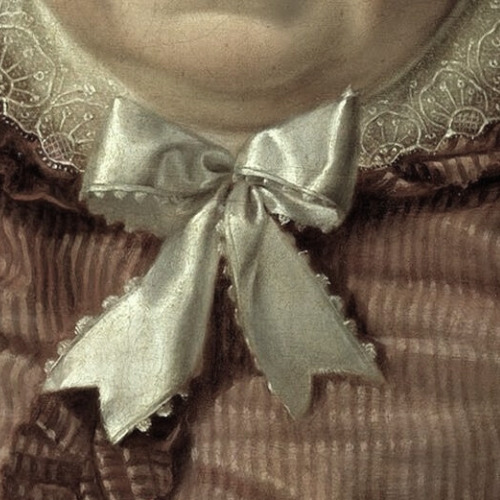
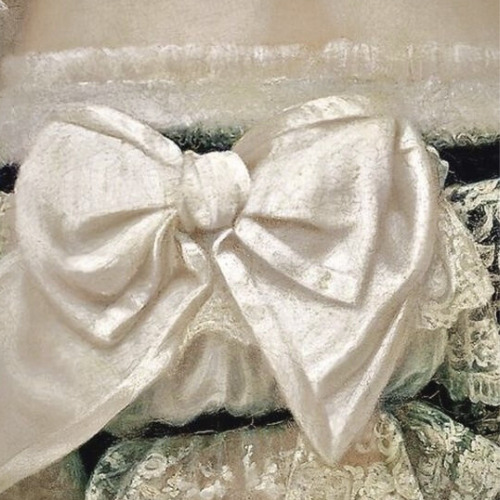
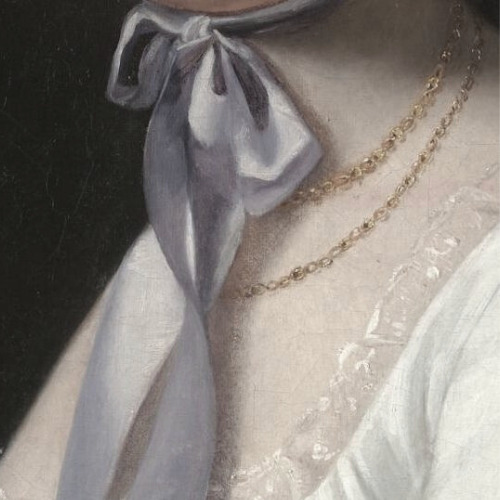
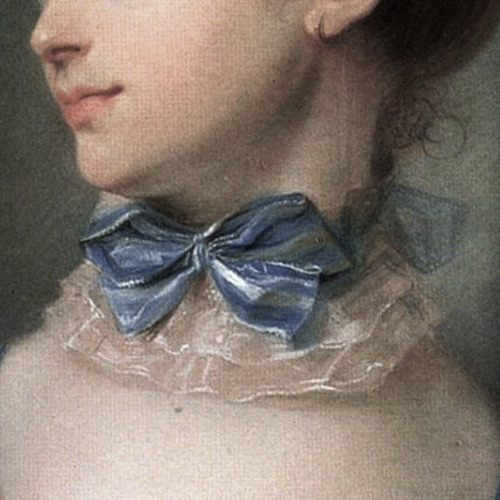
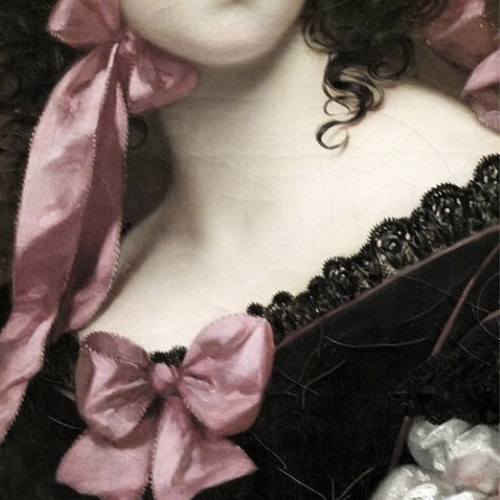
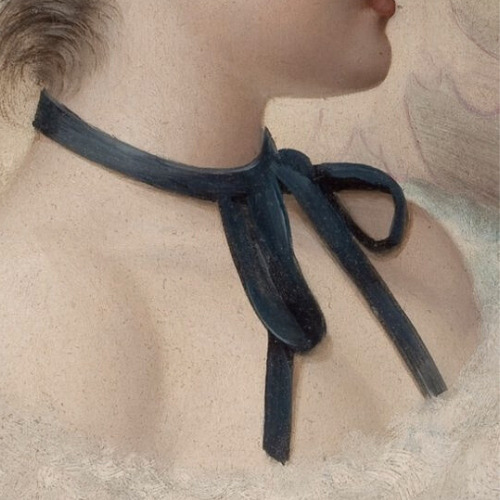
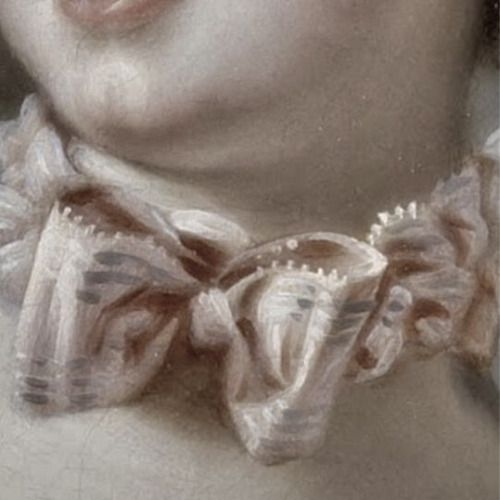
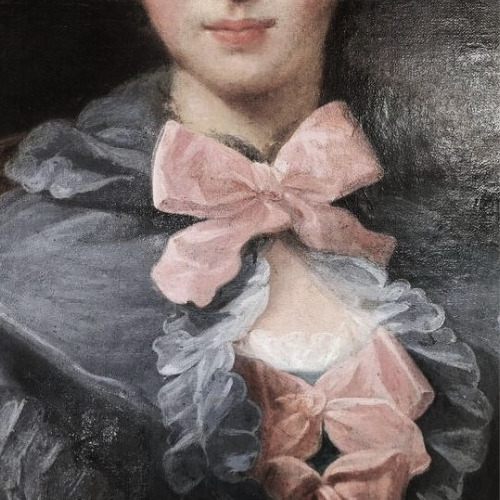
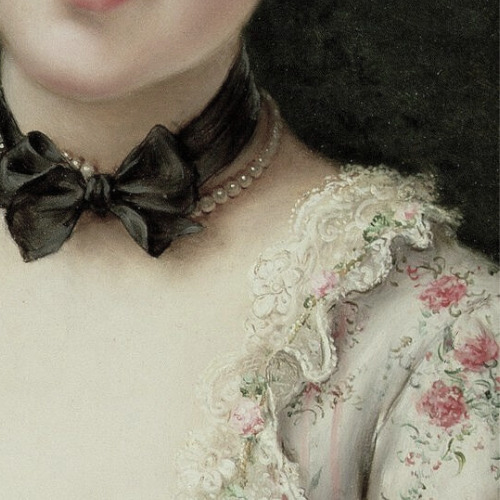
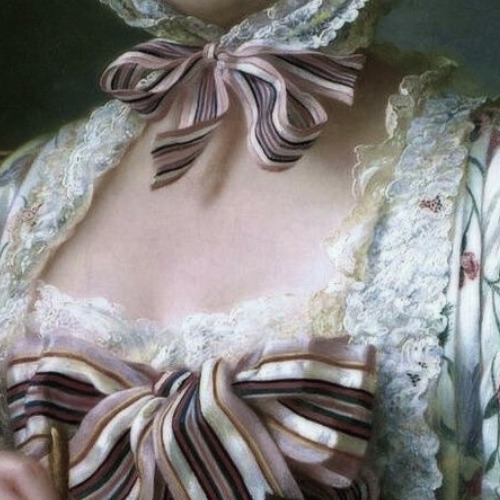
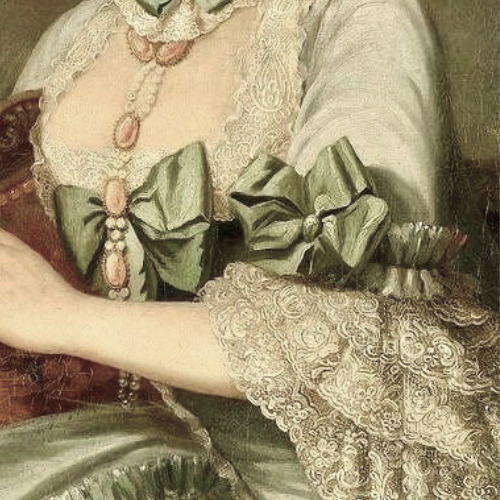
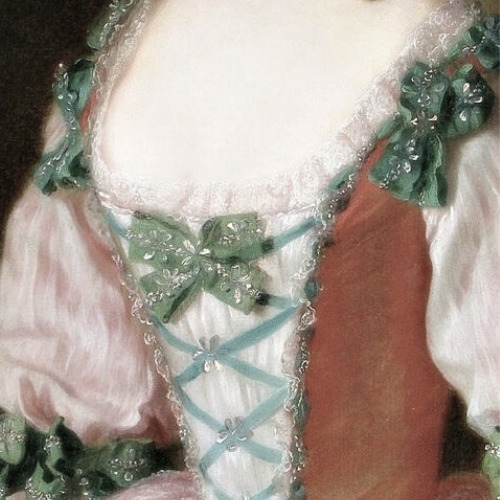
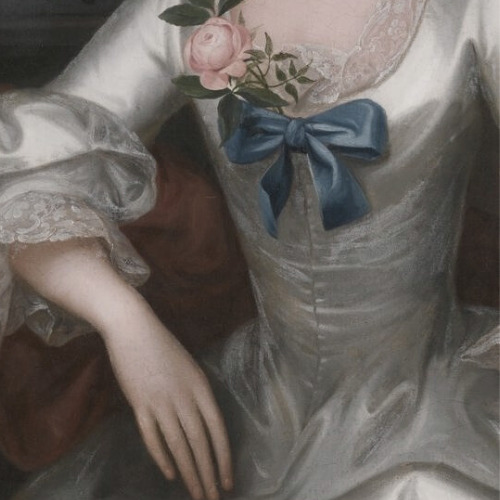
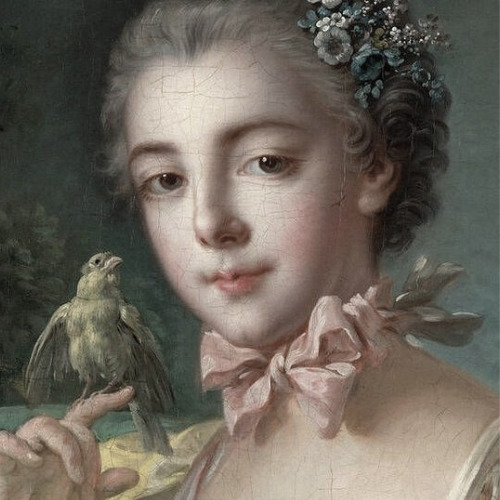
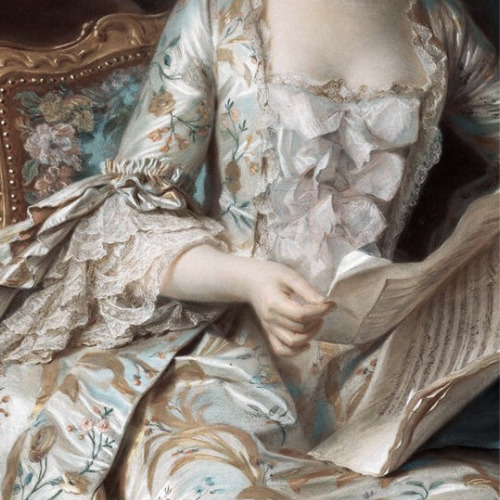
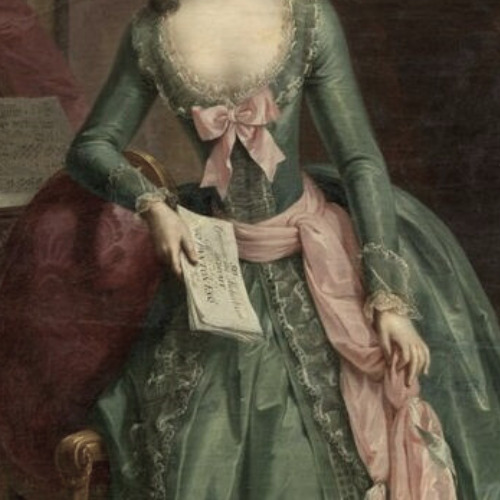
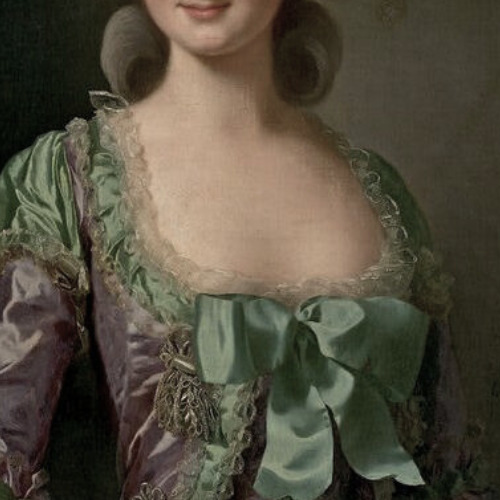


bows in art
#artist is joseph-desire court#artist is anton raphael mengs#artist is francois boucher#artist is elisabeth vigee le brun#cant find artist#artist is frederic soulacroix#artist is francis hubert drouais#artist is elisabeth vigee le brun-#artist is adelaide labille guiard#artist is lucius rossi#artist is jean honore fragnoard#artist is ferdinand georg waldmuller#artist is george raab#-cant find artist-#artist is jean-baptise perronneau#artist is joseph-desire court-#artist is vittorio matteo corcos#artist is francois boucher--#artist is francois boucher---#artist is francois martin kavel#artist is francois-hubert drouais#-cant find artist----#artist is charles amedee philippe van loo#i think artist is allan ramsay#artist is francois boucher------#artist is maurice de pompadour#artist is johann heinrich tischbein#artist is alexander roslin#artist is franz xavier winterhalter#artist is -alexander roslin-
272 notes
·
View notes
Text
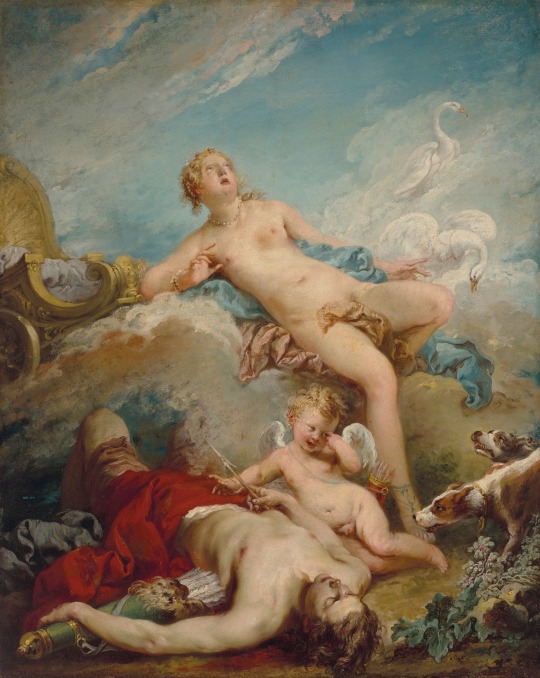
Venus Discovering the Dead Adonis by François Boucher (18th Century)
#francois boucher#art#paintings#fine art#18th century#18th century art#baroque#baroque art#rococo#rococo art#painting#french art#french artist#mythology#greek mythology#venus#aphrodite#adonis#classic art
422 notes
·
View notes
Text
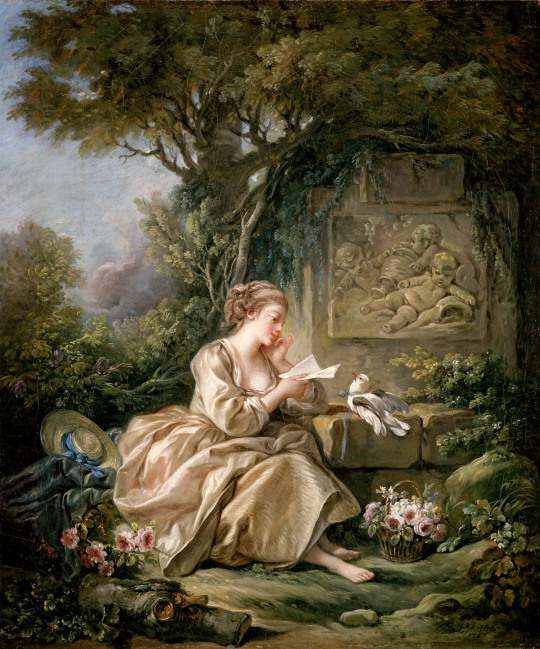
The Secret Message, François Boucher (1767). Herzog Anton Ulrich Museum in Brunswick
#art history#art#rococó#rococco#rococò#boucher#francois boucher#french painting#french art#french artist#18th century#french#francia#classical art#classic art#classic#oil painting#oil on canvas#painting#18th century art#peinture#peintre français
619 notes
·
View notes
Text




François Boucher (1703-1770)
"Winter" (1755), "Spring" (1755)
"Summer" (1755), "Autumn" (1755)
Oil on canvas
Rococo
#paintings#art#artwork#allegorical painting#allegory#seasons#françois boucher#francois boucher#oil on canvas#fine art#rococo#french artist#season#winter#spring#summer#autumn#genre scene#clothing#clothes#female portrait#portrait of a woman#male portrait#portrait of a man#aesthetic#aesthetics#1750s#mid 1700s#mid 18th century
312 notes
·
View notes
Text

The Toilet by Francois Boucher, 1742.
74 notes
·
View notes
Text
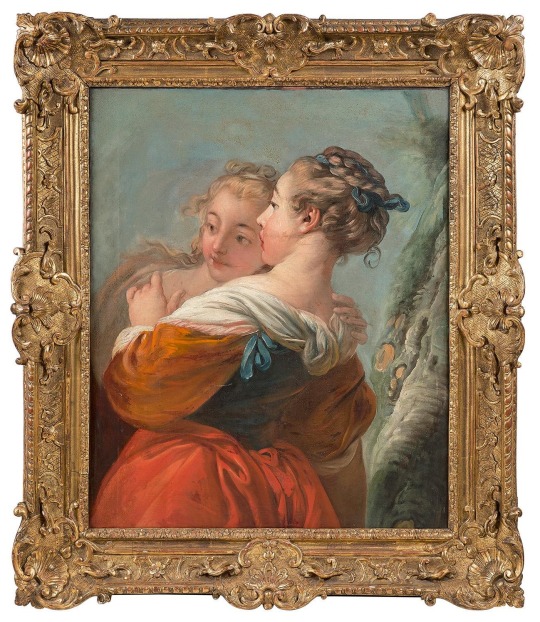
Francois Boucher (b.1703 - d.1770), 'The Charming Villagers', oil on canvas, no date (c.1760-1765), French, for sale for est. 60,000-80,000 EUR at Tajan, Paris, France.
Possibly a study for a tapestry 'La Noble Pastorale', which was never completed. Formerly from the collection of Etienne Arago (b.1802 - d.1892), noted writer and politician, then the Baron de Beurnonville, 1881.
#francois boucher#oil on canvas#1760s#french#tajan#paris#known artist#unknown sitters#etienne arago#frame
77 notes
·
View notes
Text

Francois Boucher (French, 1703-1770)
3 notes
·
View notes
Text

Title: The Chinese Garden
Artist: Francois Boucher
Date: 1742
Style: Rococo
Genre: Genre Painting
#art#art history#artwork#painting#history#museums#culture#vintage#curators#classicalcanvas#rococo#francois boucher
56 notes
·
View notes
Text
My hormones are all over the place today so inspired from this and this posts by draw-a-circle-thats-the-foxhole —
I had to search up some portraits for Matthew and hopefully, portraits for both Matthew & Alfred.

Le Petit Boudeur by Jean-Baptiste Greuze
That's the face of a toddler who toddled his way from Québec to Nova Scotia. Alasdair commissions a painting right away and here's Matthew sulking and confused as to why he has to sit still for hours but at least he gets a father figure as a reward.
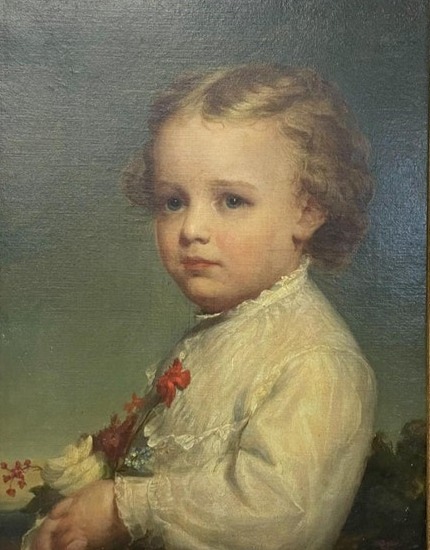
Portrait signed by Theodore Kelley
This is arguably a better portrait for Matthew. Composed and obedient. I'm not sure what those flowers are but Matthew holding flowers prophetically speaks of his identity—lilies, roses, tulips, and poppies.
The painting as a whole is more personal—something you hang in an office or library (which guardian is the question), than something you hang in the sala of your Château to show off your fur factory, settler colony, newly-acquired baby...
like this:

Portrait of Philippe Egalité (1750) by François Boucher
Obnoxious ruffles and tons of toys to compensate for the lack of quality time? Sounds like Francis Bonnefoy to me. Matthew is not staring properly as an act of mini rebellion for having to wear a stuffy, rigid gown (or perhaps something else caught his attention). It's not his fault he's not breeched yet. Also, he just wants a proper coat for winter, like this:

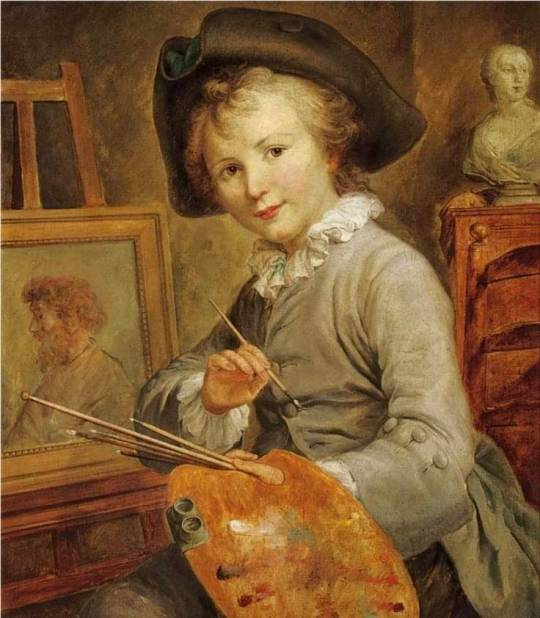
Portrait of a young boy as an artist by François Hubert Drouais
Now this is what Arthur commissions after France cedes Canada. Matthew is breeched and is thriving as a lover of the arts himself. He gets to do what he wants and be painted the way he wants. This portrait now hangs in the Kirkland museum in Arthur's manor.
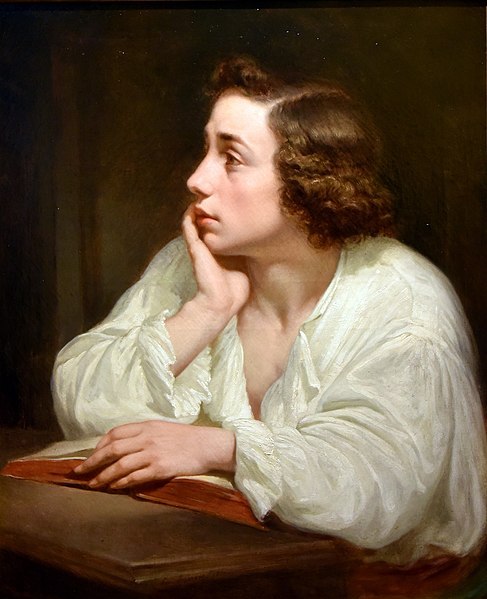
Young man distracted by Jean Raymond Hippolyte Lazerges
(just imagine that the man in the portrait is blond lol)
It's early 1860s. Alasdair commisions this painting to celebrate Matthew's Dominion status. His Petit Bourdeur is now Adulte Boudeur (idk I don't speak French). Although he's not entirely independent yet, Matthew's dishevelled and exhausted now that he's learning to navigate politics on his own. But what causes him distress the most is Alfred's Civil War.
NA BROS
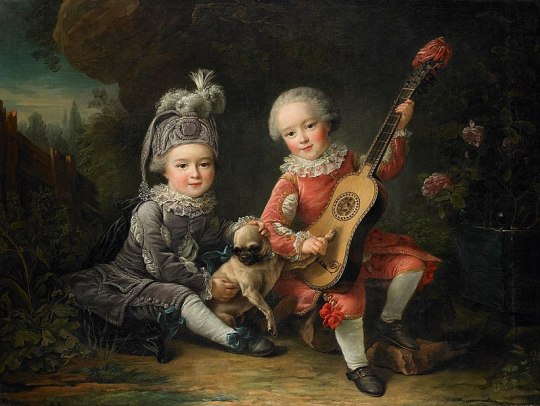
Les Portraits de MM. De Béthune Jouant avec un Chien (1727) by Francois-Hubert Drouais
Here we have Alfred inventing country music, and Matthew being French with that fancy hat. They still appear to be the same age here but Alfred grows up faster—

The Children of the Duc de Bouillon (1756) by Francois-Hubert Drouais
This is perfect. I want this commisioned on late 1760s or early 1770s before the American Revolution. Matthew on the viewer's left is talking about the pretty flowers or the moose he found while strolling. Alfred on the right just wants to read the latest publication of a philosopher-political-scientist but indulges his brother anyway.
By the 1890s, Alfred & Matthew will have more photos than paintings. That's all for now!
#hetalia#hetalia world stars#hws canada#matthew williams#hws america#alfred jones#hetalia headcanons#paintings#na bros#hetalia na bros#na bros headcanons#hetalia na bros headcanons#this is 50% research and 50% whatever#hws scotland#alasdair kirkland#hws england#arthur kirkland#hws france#francis bonnefoy
123 notes
·
View notes
Text
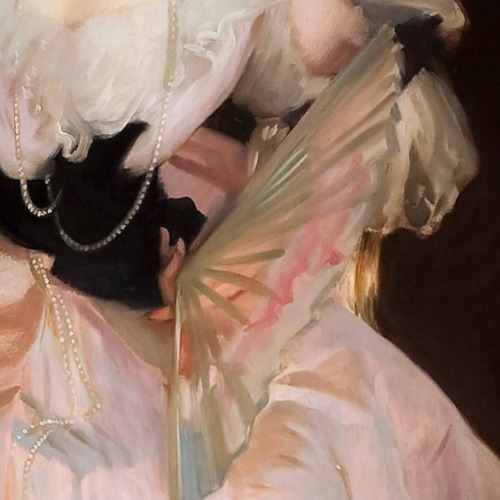
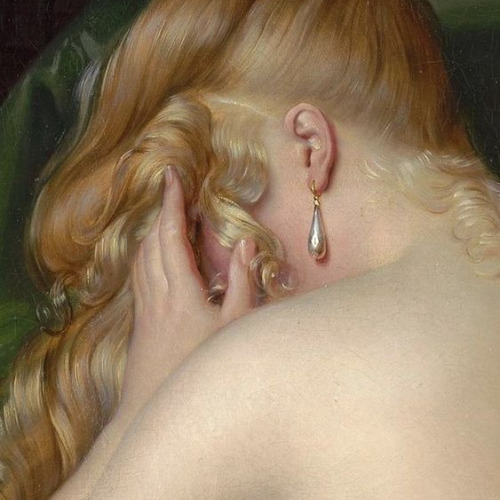
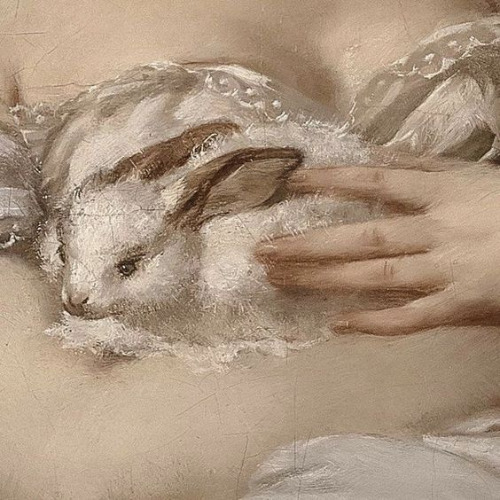
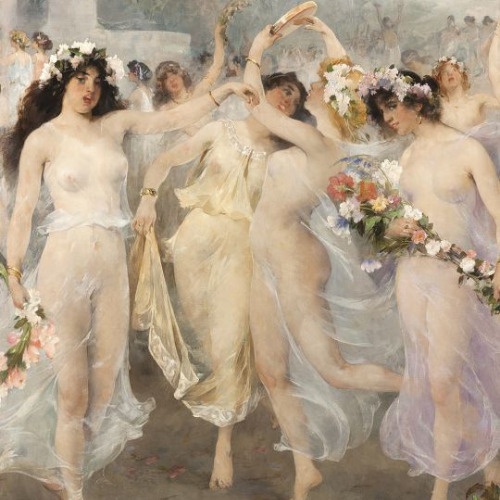


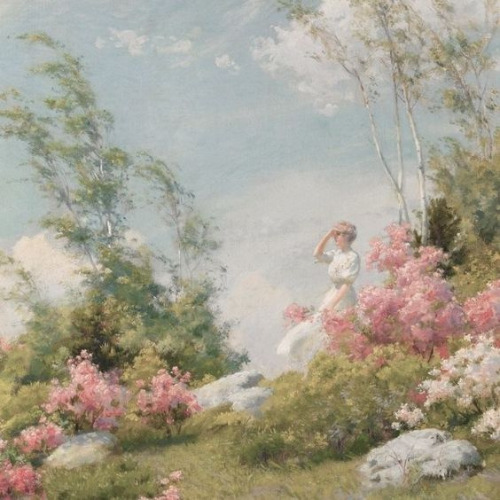


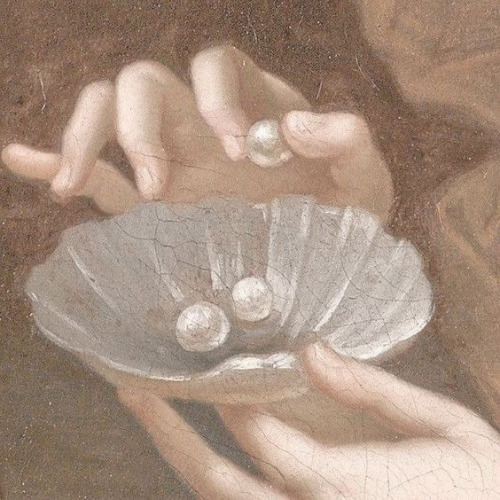
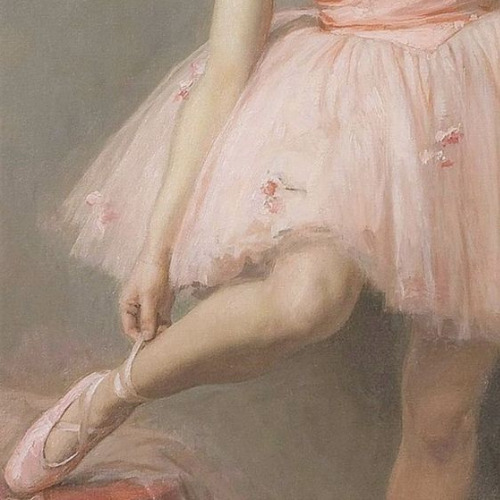
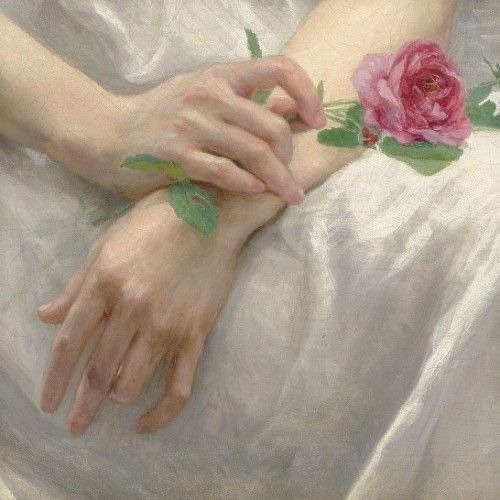
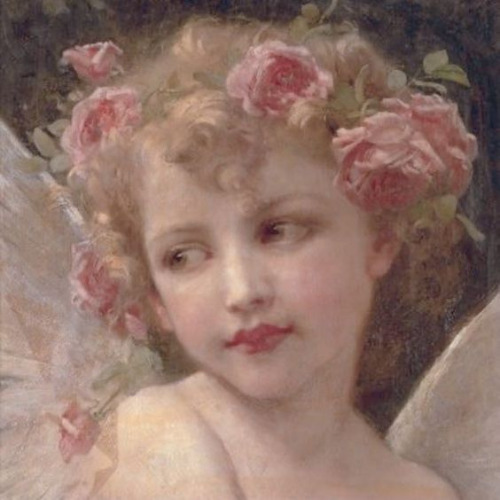
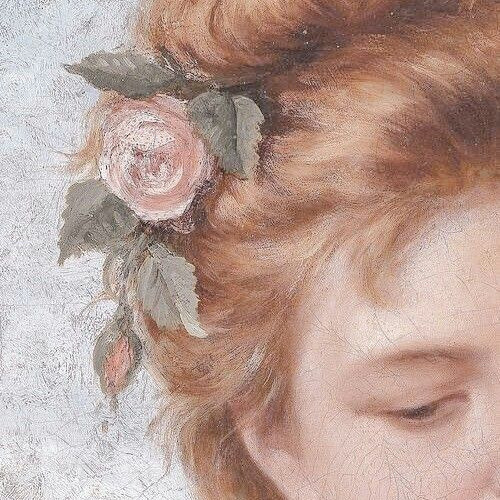
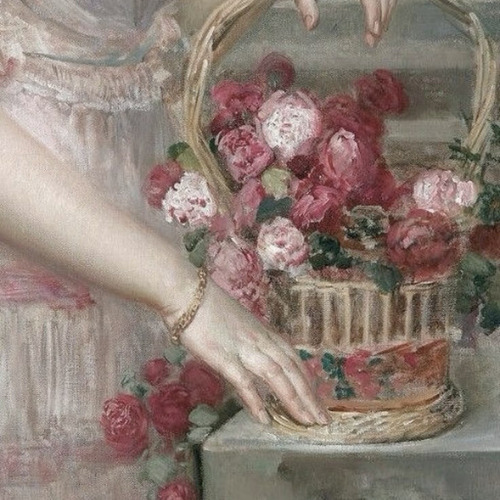

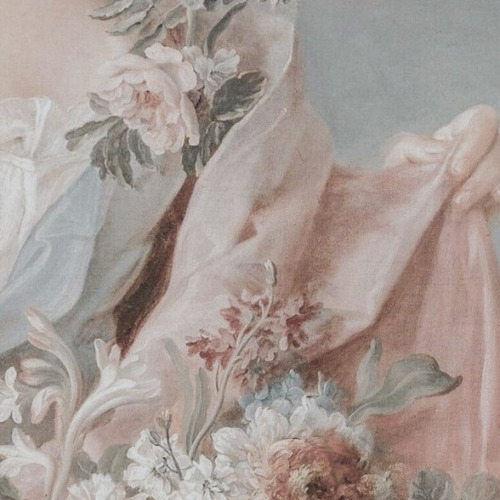
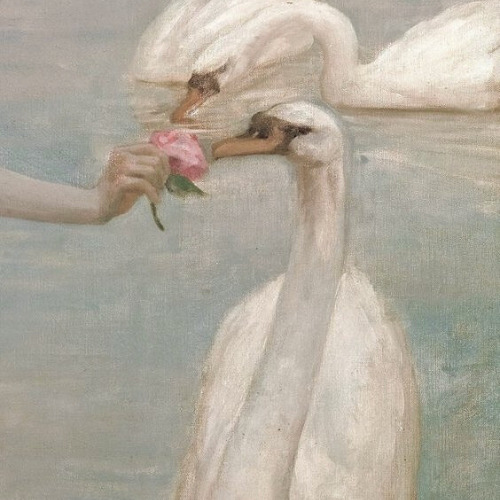
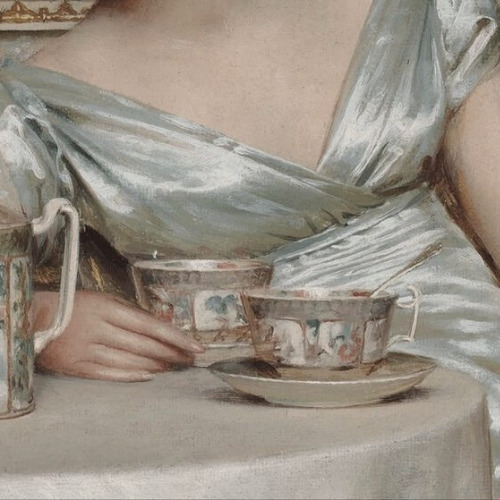
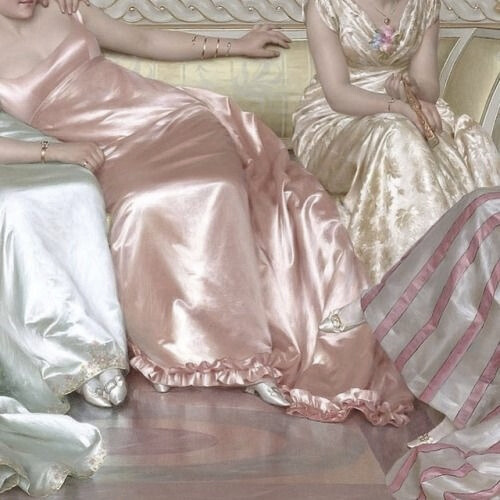

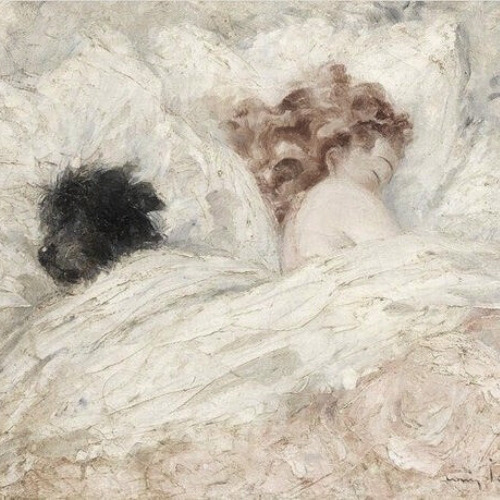
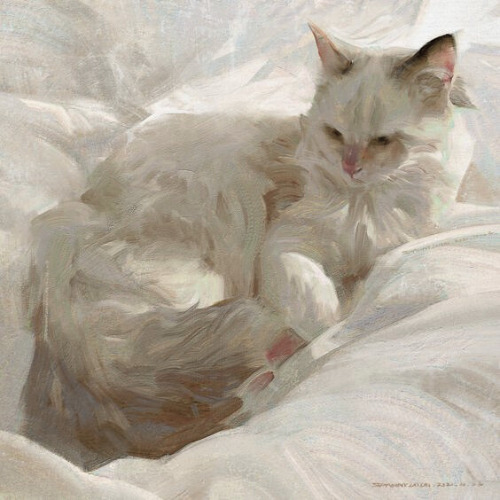
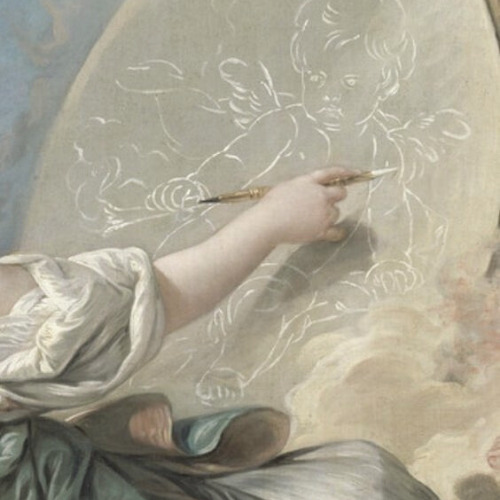
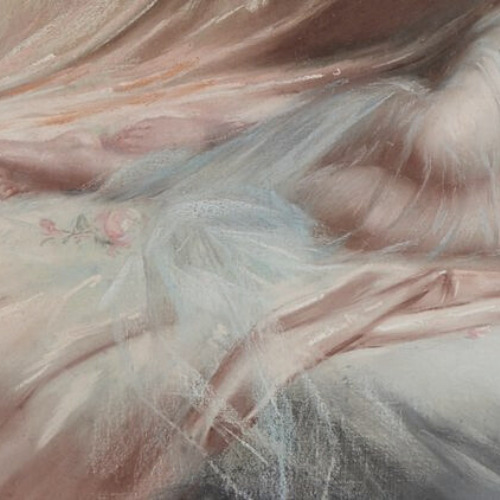
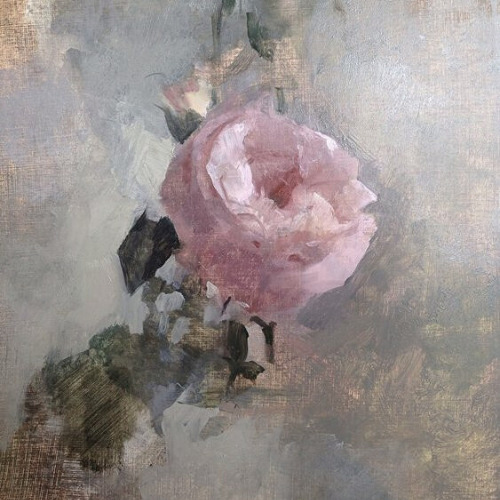
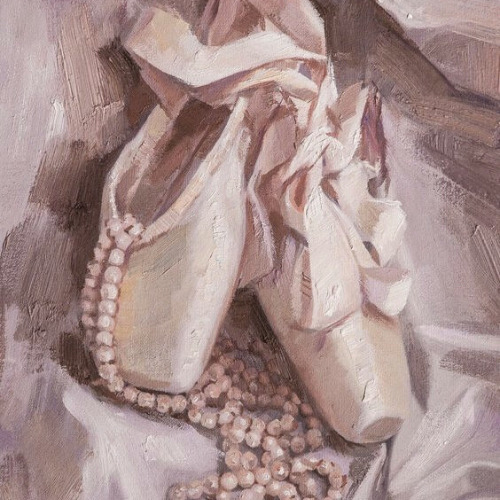
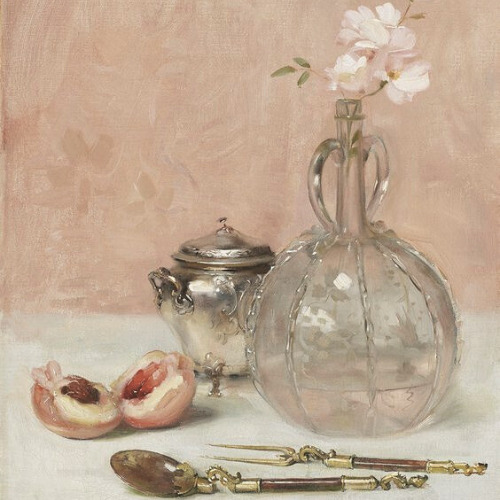
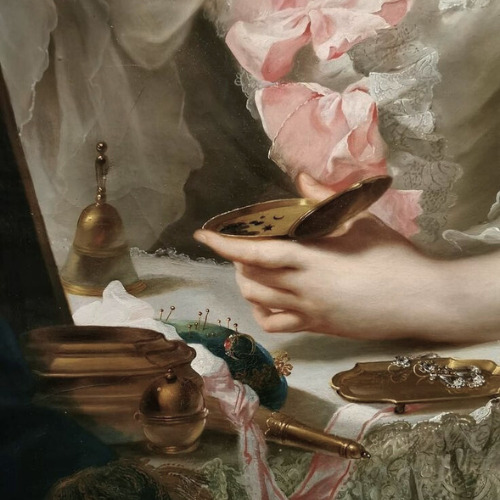

art aesthetics: coquette
#artist is john singer sargent#artist is alexandre-jean dubois#artist is armand dore#artist is hobbe smith#artist is m graziella pani#cant find artist#artist is edouard bisson#artist is charles courtney curran#i cant find the artist-#artist is elizabeth brandon#artist is pierre mignard#artist is auguste leroux#artist is guillaume seignac#artist is guillaume seignac-#artist is eduard veith#artist is arturo ricci#artist is francois-hubert drouais#artist is rupert bunny#artist is frederic soulacroix#artist is vittorio reggianini#artist is francois boucher#artist is louis icart#artist is danny lailai#artist is francois boucher-#artist is delphin enjolras#artist is kathleen speranza#artist is kamskij savelij#artist is joseph bail#cant find artist-#artist is jan adam kruseman
691 notes
·
View notes
Text
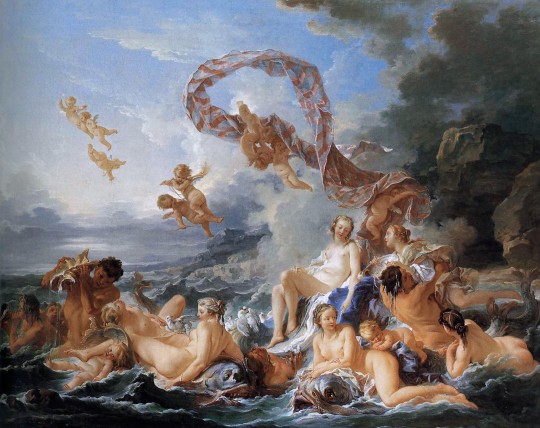
The Triumph of Venus by Francois Boucher (1740)
#francois boucher#art#paintings#fine art#18th century#18th century art#baroque#baroque art#rococo art#rococo#painting#french art#french artist#mythology#roman mythology#roman goddess#venus#aphrodite#classic art
972 notes
·
View notes
Text
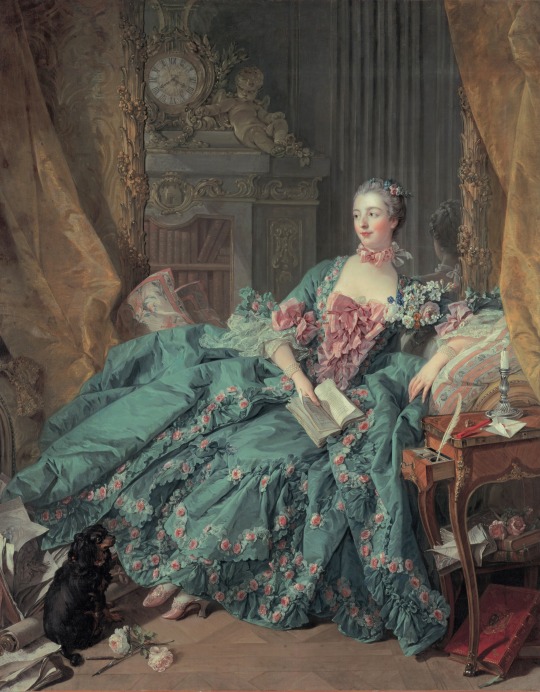
Portrait of Madame de Pompadour (1721-1764), François Boucher (1756). Neue Pinakothek in Munich.
#art history#art#madame de pompadour#rococó#rococco#rococò#artists on tumblr#painting#french painting#oil painting#oil on canvas#long dress#francois boucher#boucher#munich#18th century art#18th century#classic art#classical art#classic painting
106 notes
·
View notes
Text
What is art?
During the whole semester, we tried to figure out what art is. Is it only for fun, what secrets are hidden under the paintings, colours, smiles of beautiful women, and so on.

"The Three Graces" Francois Boucher (1703-1770). Rococo period
Well, thanks to our discussions, I came to some thoughts. First, art is a universal language. And that is true. Different people, generations understand it. Art can be appreciated by absolutely dissimilar people with their own backgrounds and walks of life. It is wonderful, isn't it? It is a universal language, I would say.
There is no doubt that art is a form of expression that has been present in human civilization for thousands of years. It encompasses a wide range of mediums, such as literature, music, sculpture, architecture, etc.
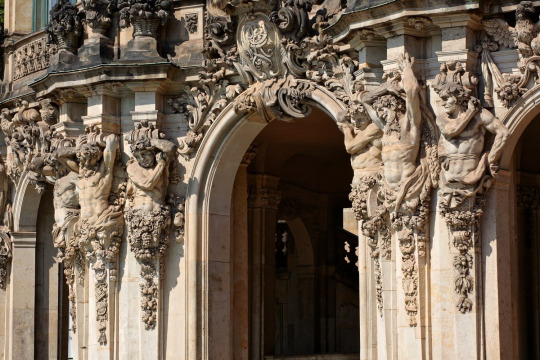
Italian Baroque
Of course, it plays a significant role in shaping forms, reflecting social values, mirroring life beauty, and proving a means for individuals to communicate their ideas, messages, thoughts, feelings, and emotions.
And, as we have learned, there are two fundamental goals for any art. They are to provoke thoughts and evoke emotions.
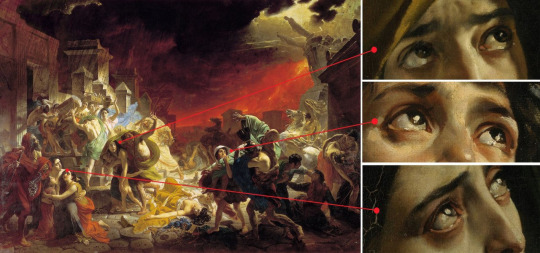
"The Last Day of Pompeii", Karl Pavlovich Bryullov
A very interesting thing for me is that absolutely all artists use their imaginations and creativity to convey their worldview, their messages, and their ideas because it may be difficult to express all of it through words alone. Sometimes we have a limited amount of words to describe something because human civilization has not created anything yet. Something beautiful, something that can stir the soul.
So, art is power. It has the ability to change conventional thinking, think outside the box, push boundaries, break stereotypes, and embrace new perspectives.
Well, art is a really powerful and multifaceted part of our lives.
#art#discussion#diary entry#personal diary#diary#online diary#journal#my diary#stranger things#thinspø#this is what makes us girls#philosophy#heart eyes howell#deep quotes#deep feelings#deep thoughts#emotional#emotions#love and deepspace#deep space nine#let go#artwork#rococo#baroque#history#lesson plan
2 notes
·
View notes
Text
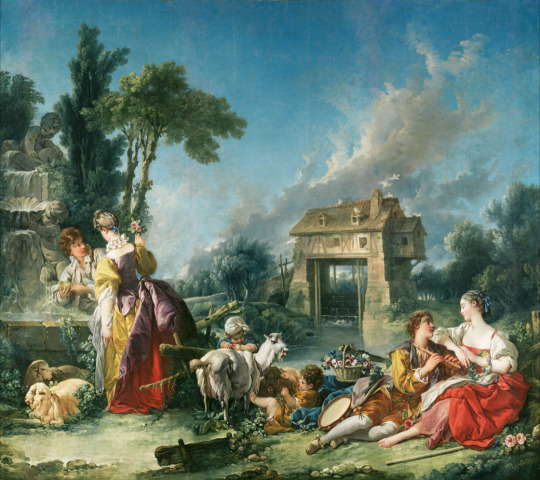
François Boucher (1703-1770)
"The Fountain of Love" (1748)
Oil on canvas
Rococo
Located in the Getty Center, Los Angeles, California, United States
#paintings#art#artwork#allegorical painting#allegory#françois boucher#francois boucher#oil on canvas#fine art#rococo#getty center#museum#art gallery#french artist#aesthetic#aesthetics#clothing#clothes#dress#dresses#farm animals#sheep#goats#green#1740s#mid 1700s#mid 18th century
173 notes
·
View notes
Text
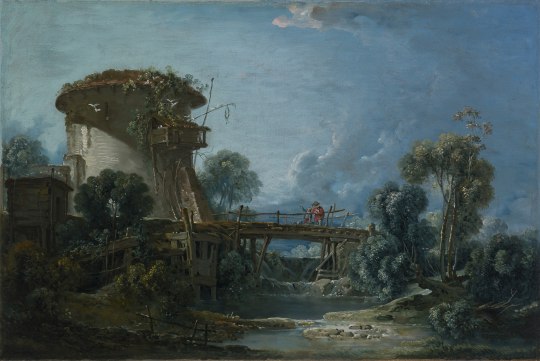
The Dovecote by Francois Boucher, 1758.
52 notes
·
View notes
Text
Wealth & Status in Baroque and Rococo
Having it all must be tough :(
There are never ending decisions to make, about silly things like ideal garden shrubbery height, drapery thread count, ornate frames, silver, or gold? To show it all off or to cover it up? To spend or to save? To invest in the Church or one's own extravagant lifestyle? Virtuous piety or worldly comforts?
To nurture Faith or Ego?
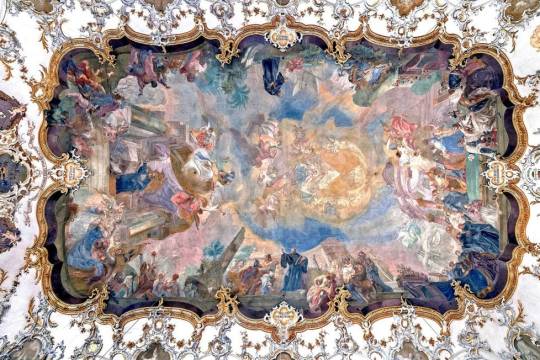
Ceiling painted by Johann Baptist Enderle, 1772

Jean-François de Troy, The Declaration of Love (1731)
All these competing ideals are exactly what set the Baroque and Rococo periods apart.
Let's start at the beginning - well, sort of - with Baroque.

Artemisia Gentileschi, Judith and Holofernes 1612-13
Throughout Europe Catholicism sees a decline in followers going into the 17th century, due to popularization of Marin Luther's Protestant reformation.
Protestantism came as a response to shady behavior within the Catholic Church, which had previously held unchallenged cultural and political power. This 'divine' power within the Church attracted wealth, and wealthy people looking to buy in.

I cannot stress enough how motivated by money the Catholic Church was at this time. Many Popes like Leo X actually sold physical certificates called 'indulgences' which were essentially Fast-passes through Purgatory, should its keeper die before confessing their sins in penance.
Through generous donations to the Catholic Church, one could actually buy themselves a ticket into heaven, circa ~ 1550.
This wasn't great optics to German monk, and founder of Protestantism, Martin Luther. And many people agreed, causing a novel decline in Catholicism. The Roman Catholic Church desperately needed a rebrand.

Caravaggio [?] , The Crowning with Thorns, 1603
Baroque paints Catholicism in a more virtuous, penitent, moody, and modest light. Visual elements like high contrast light and shadows, mostly religious imagery, "normal" looking figures that no longer strive to be the Renaissance's perfect man, nor Rococo's dashing picture of youth and indulgence, they look like us.
It's hard to say if the Baroque art movement really saved the Church from losing followers, but it did spark a global popularization of Baroque and is responsible for subsequent movements in fine art and architecture across the world!
ie. the global Baroque, Rococo, heavy influences on the Dutch golden age of painting.
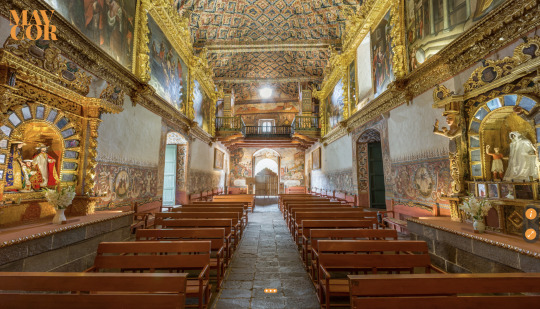
Church of St. Peter of Andahuaylillas - Peru, 1620s
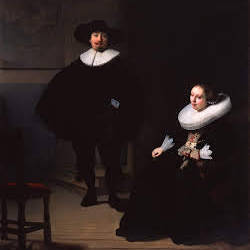

Rembrant, Lady and Gentleman in Black and Christ in the Storm on the Sea of Galilee, 1633, Dutch [missing from ISG Museum since 1990]

Jean-Honoré Fragonard, The Progress of Love: Love Letters, 1771-72, French
In the century to follow, Baroque artwork would become a status symbol in itself, along with its pious and devout lifestyle.
French aristocrats and artists like Fragonard coming into the 18th century rejected this ideology, along with King Louis XIV's frugal, somewhat Baroque style of ruling. Rococo takes clear visual elements of Baroque and applies them to a generally more frivolous, lighthearted, romantic subject matter, with clear emphasis on material wealth.
Wealth was shown and represented in excess, lifestyles full of lush scenery and architecture like Versailles. Material goods and conspicuous consumption ruled the aristocratic nobility (art buying community) at the time.
In the Rococo period once again, in Renaissance fashion, art patrons are shifting toward a search for aesthetic perfection, beauty, and divinity in humans and on earth.
A harsh contrast from a hundred years prior, in the midsts of Baroque's influence of frugality, devotion to faith, and denouncement of worldly comforts. This shift could have many catalysts, including the continuing spread of Protestant religions, or the rebellion against a previously strict, sometimes oppressive, religious church-state under the reign of Louis XIV.
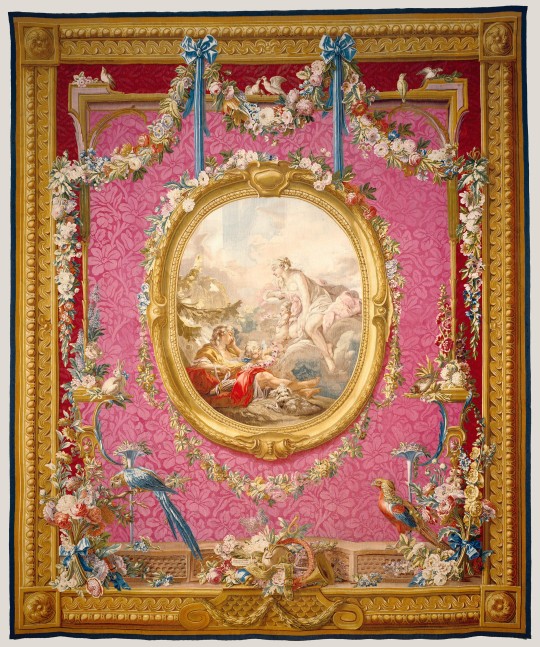
Tapestry L'Aurore et Céphale, from Les Tentures de François Boucher Series, Painted by Francois Boucher, 1776-77, French

The Studio, Honoré Daumier, 1870, French
Ultimately, today the Rococo period is iconic in reference to the French Revolution.
Similarly to Rococo's start, as a rebellion against a meek and mild social norm, Rococo's end is tied to the death of the French noble class; at the hands of French citizens who were facing the consequences (famine, poverty, poor living conditions) of the French Nobility's over-indulgent, expensive lifestyle.
I can only assume that after the torches, pitchforks, and guillotining of the French Monarchy, Rococo's frills and embellishments probably seemed pretty... cringe.

Portrait of the Marquise de Pompadour by Maurice Quentin de La Tour, 1755 (Rococo)

The Execution of Louis XVI by H. de la Charlerie, 1793 (Neo-classical)

The Death of Marat, Jacques-Louis David, 1793 (Neo-classical)
#art history#art#neo classical#baroque#global baroque#18th century art#17th century art#rococo#french revolution#renaissance#1800s#1700s#1700s fashion#1800s fashion#17th century#18th century#isabella stewart gardner museum#art theft#stolen art#classical art#classical paintings#architecture#religious art#religious architecture
4 notes
·
View notes